Yan, M., Liu, X., Jie, J. et al. Construction and implementation of wide range parameter switchable chaotic system. Sci Rep 14, 4,059 (2024). https://doi.org/10.1038/s41598-024-54458-2
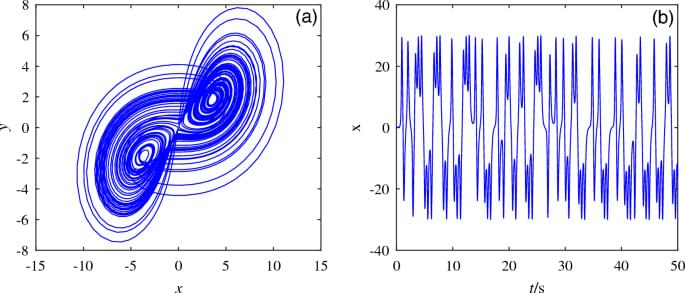

Yan, M., Liu, X., Jie, J. et al. Construction and implementation of wide range parameter switchable chaotic system. Sci Rep 14, 4,059 (2024). https://doi.org/10.1038/s41598-024-54458-2
Minesto has begun supplying electricity to the Faroe Islands generated by its Dragon 12 underwater ‘flying’ generator.
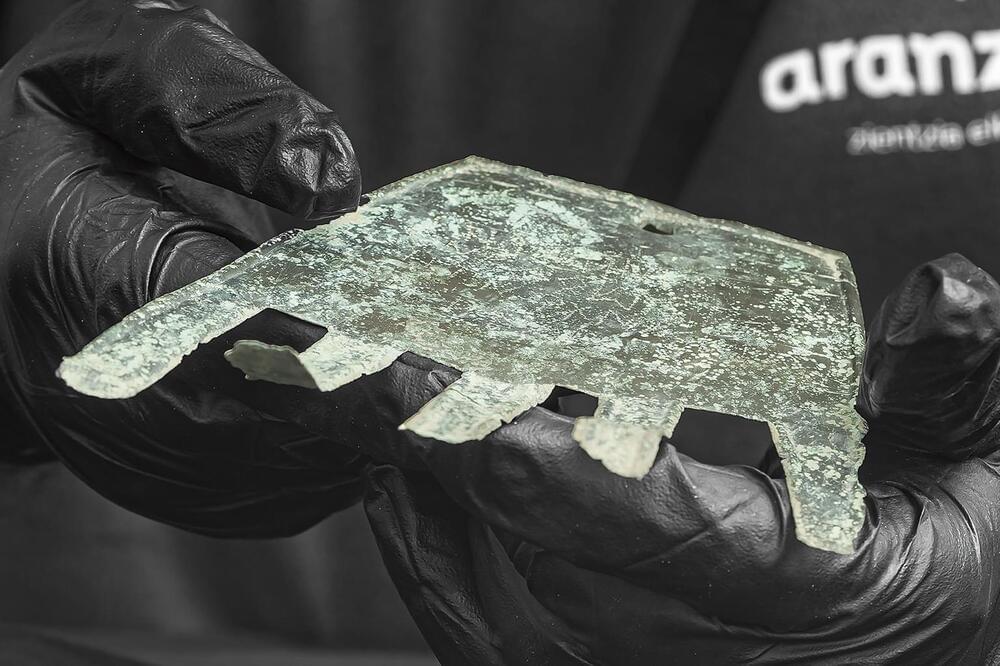
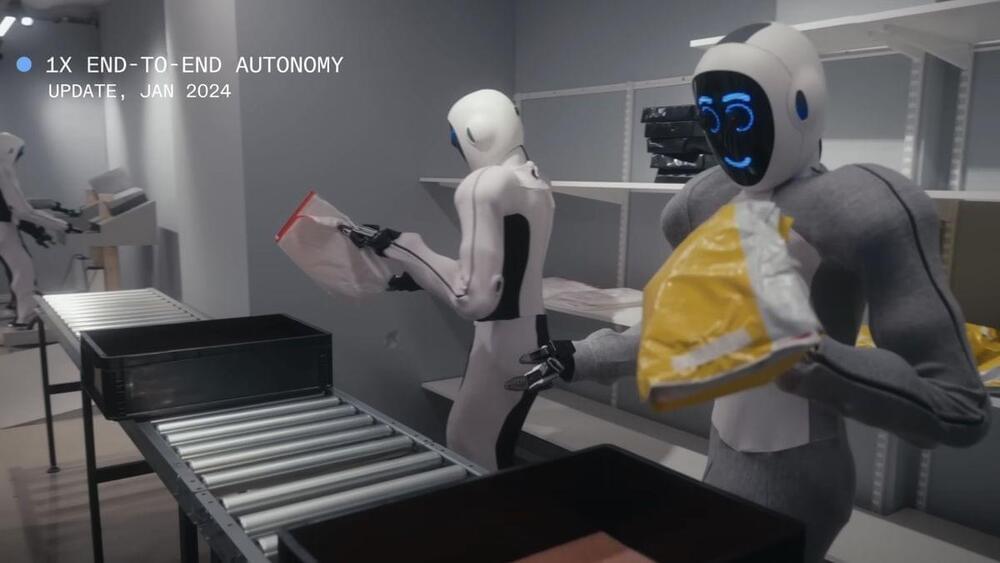
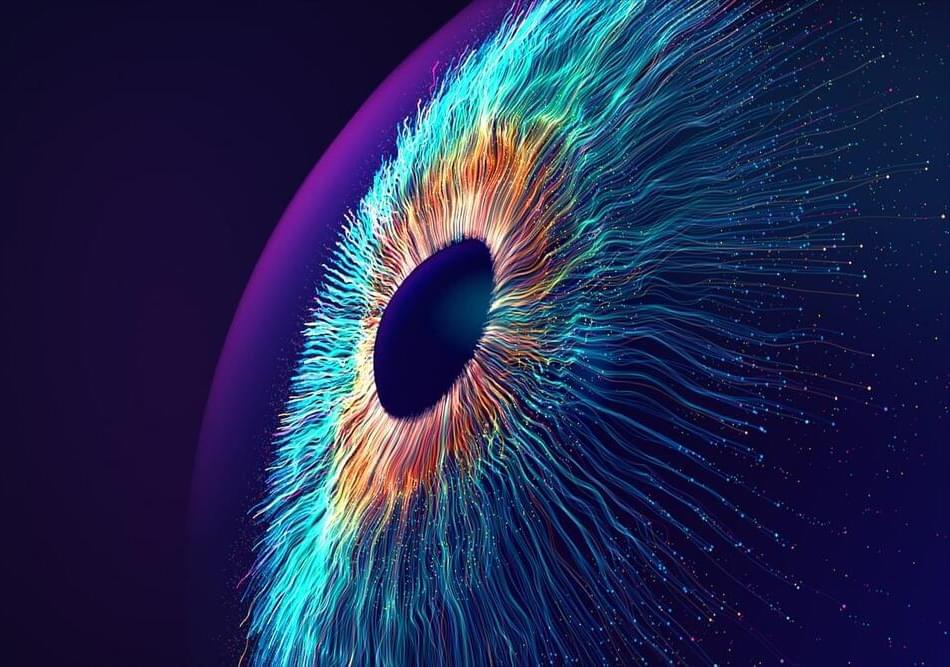
The notoriously pessimistic AI researcher Eliezer Yudkowsky is back with a new prediction about the future of humankind.
“If you put me to a wall,” he told The Guardian in a fascinating new interview, “and forced me to put probabilities on things, I have a sense that our current remaining timeline looks more like five years than 50 years. Could be two years, could be 10.”
If you’re wondering what “remaining timeline” means in this context, The Guardian’s Tom Lamont interpreted it as the “machine-wrought end of all things,” a “Terminator-like apocalypse,” or a “Matrix hellscape.”
Doug Philippone, a venture capitalist, has explained to a media house the importance of lizard-like robots for the future of US Armed Forces like the United States Navy.
Wall climbing robots are used for non-destructive testing inspections of tanks, boilers, pressure vessels, piping, and more, explains Gecko Robotics. These robots utilize specially designed sensor payloads to inspect wall thickness, pitting, and numerous forms of degradation.
“Our robots collect 1,000x more information with continuous data capture at speeds an average of 10x faster than previous methods,” Gecko’s website boasts. “Using specially-designed sensor payloads, the robots can inspect wall thickness, pitting, and many other forms of degradation,” they added.
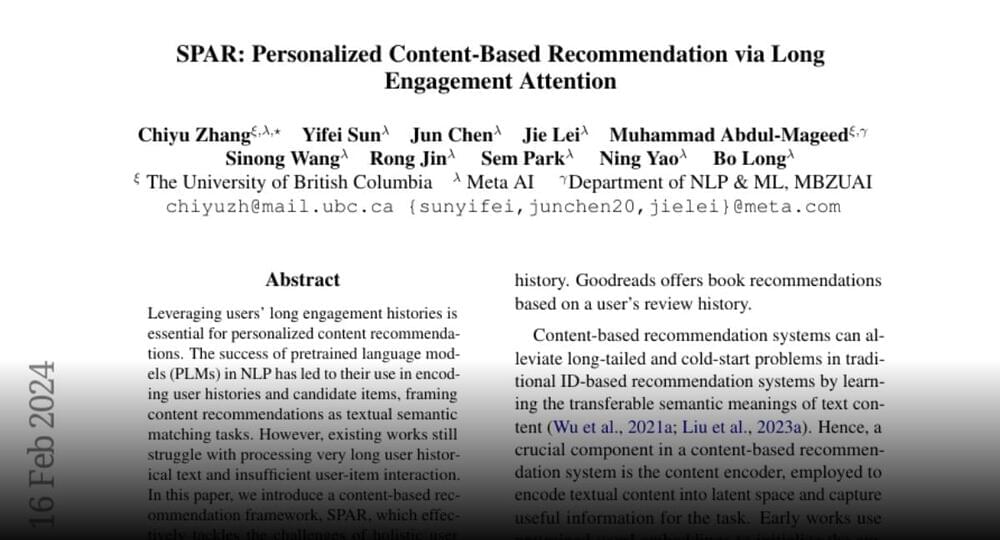
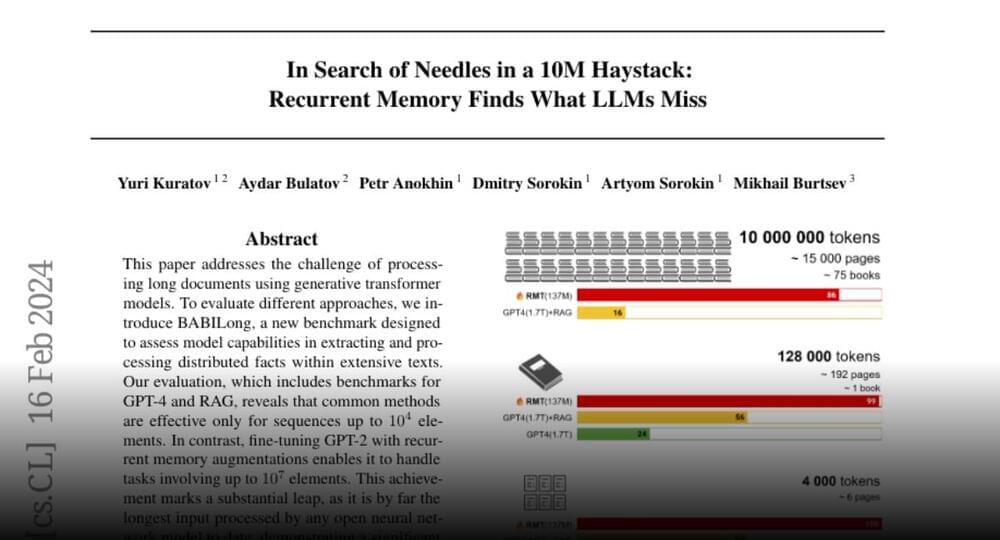


An often-overlooked water plant that can double its biomass in two days, capture nitrogen from the air—making it a valuable green fertilizer—and be fed to poultry and livestock could serve as life-saving food for humans in the event of a catastrophe or disaster, a new study led by Penn State researchers suggests.
Native to the eastern U.S., the plant, azolla caroliniana Willd—commonly known as Carolina azolla—also could ease food insecurity in the near future, according to findings recently published in Food Science & Nutrition. The researchers found that the Carolina strain of azolla is more digestible and nutritious for humans than azolla varieties that grow in the wild and also are cultivated in Asia and Africa for livestock feed.
The study, which was led by Daniel Winstead, a research assistant in the labs of Michael Jacobson, professor of ecosystem science and management, and Francesco Di Gioia, assistant professor of vegetable crop science, is part of a larger interdisciplinary research project called Food Resilience in the Face of Catastrophic Global Events conducted in the College of Agricultural Sciences.